Episode 249: Does your horse have a limiting belief?
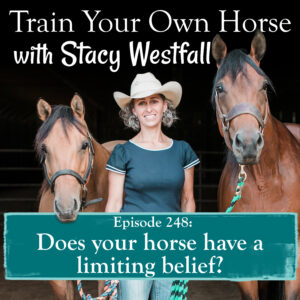
If you’ve been listening to the podcast for a while, you have probably heard me say, “Your horse is asking you questions.”
Sometimes people will reply, “My horse isn’t asking questions…he is making statements!”
In this episode, I explain how horses develop limiting beliefs, what useful beliefs are, and how viewing something as a statement vs a question matters.
Your horse asks questions with his body.
When a horse is being ridden, the questions they ask look like; break of gait, speeding up, diving in, falling out, reversing directions, getting stuck in reverse…and lots of other behaviors riders often label as ‘problems’.
Your horse’s questions reveal his temperament.
Your horse’s questions reveal his training level.
YOUR interpretation of his behavior reveals your thinking.
SUBSCRIBE TO THE PODCAST HERE:

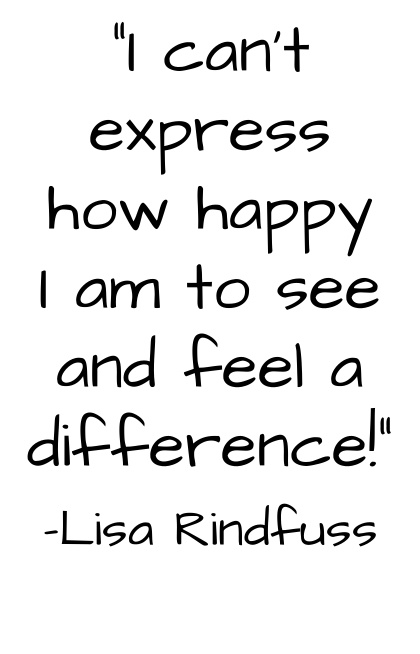
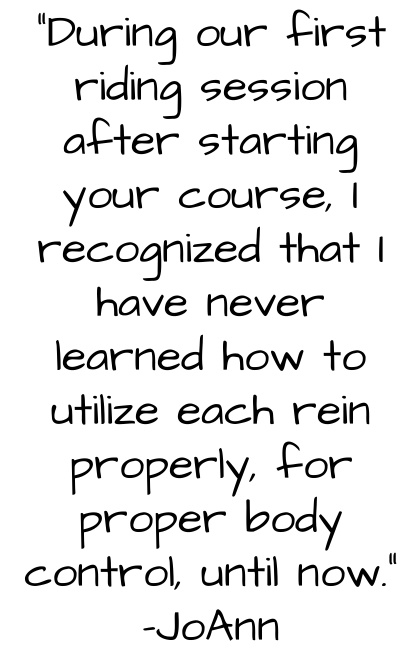
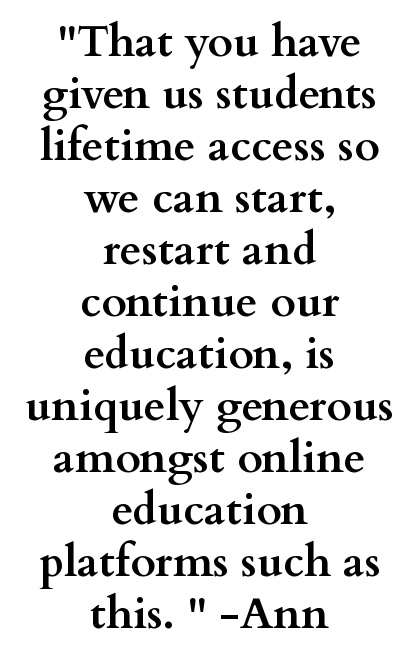
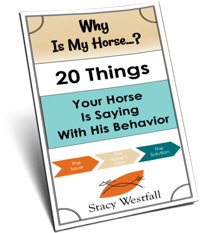
YOURS FREE
WHY IS MY HORSE...?

